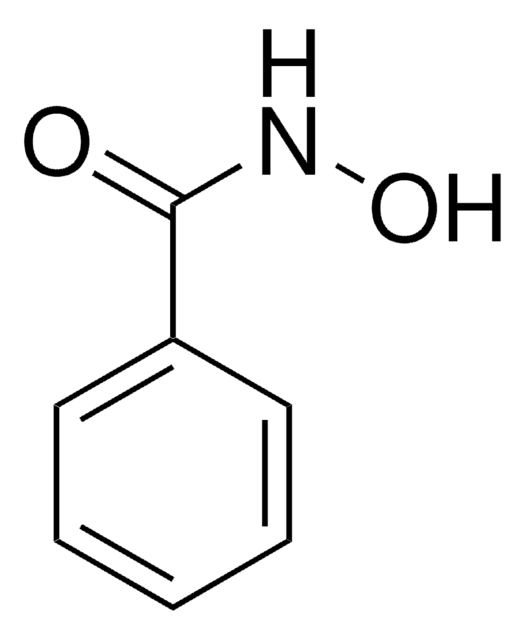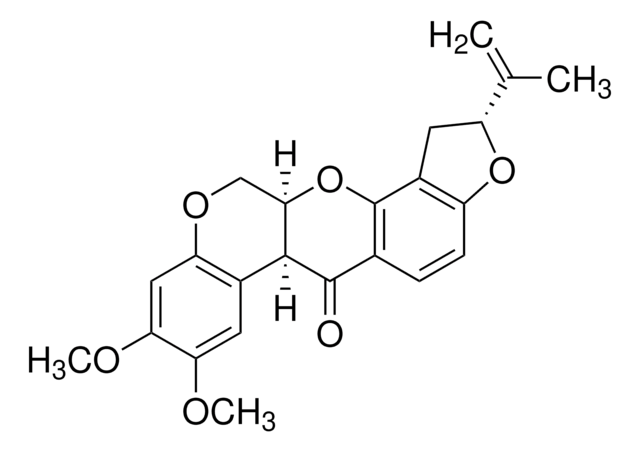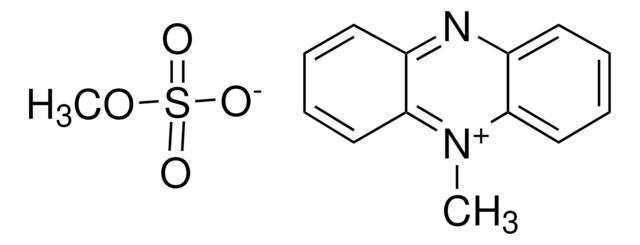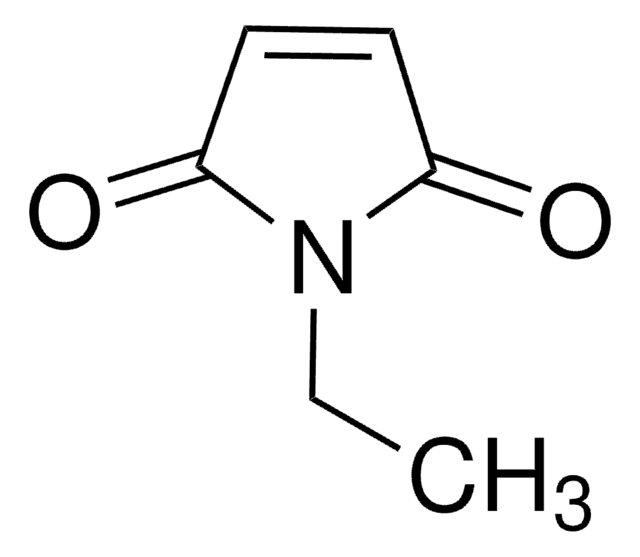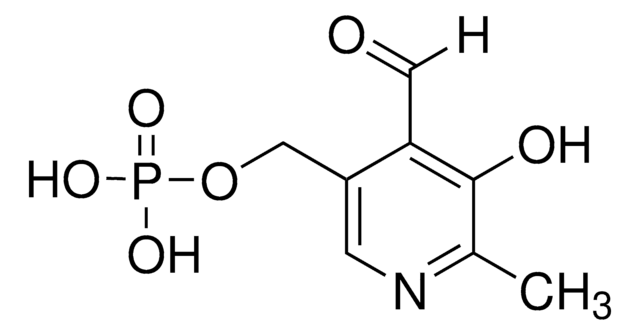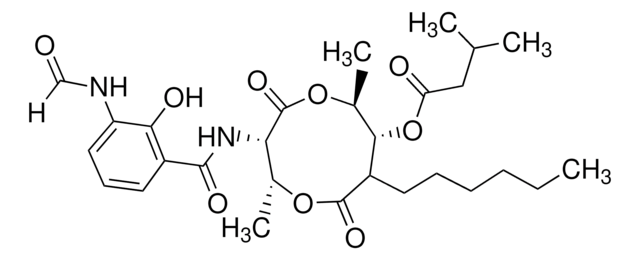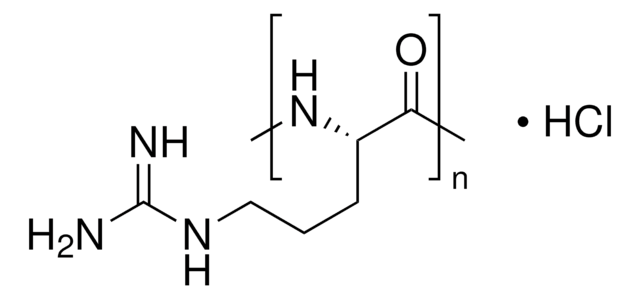S607
Salicylhydroxamic acid
99%
Synonym(s):
2-Hydroxybenzohydroxamic acid, N,2-Dihydroxybenzamide
Sign Into View Organizational & Contract Pricing
All Photos(1)
About This Item
Linear Formula:
HOC6H4CONHOH
CAS Number:
Molecular Weight:
153.14
EC Number:
MDL number:
UNSPSC Code:
12352100
PubChem Substance ID:
NACRES:
NA.22
Recommended Products
Quality Level
Assay
99%
mp
177 °C (dec.) (lit.)
SMILES string
ONC(=O)c1ccccc1O
InChI
1S/C7H7NO3/c9-6-4-2-1-3-5(6)7(10)8-11/h1-4,9,11H,(H,8,10)
InChI key
HBROZNQEVUILML-UHFFFAOYSA-N
Looking for similar products? Visit Product Comparison Guide
Application
Salicylhydroxamic acid can be used:
- To prepare phenylboronic acid-based bioconjugates for chromatographic applications.
- As a ligand to synthesize Fe(III), Cu(II), Ni(II) and Zn(II) complexes.
- As a selective collector in the segregation of oxide minerals using the flotation method.
Signal Word
Warning
Hazard Statements
Precautionary Statements
Hazard Classifications
Acute Tox. 4 Dermal - Carc. 2 - Eye Irrit. 2 - Skin Irrit. 2 - STOT SE 3
Target Organs
Respiratory system
Storage Class Code
11 - Combustible Solids
WGK
WGK 3
Flash Point(F)
Not applicable
Flash Point(C)
Not applicable
Personal Protective Equipment
dust mask type N95 (US), Eyeshields, Gloves
Choose from one of the most recent versions:
Already Own This Product?
Find documentation for the products that you have recently purchased in the Document Library.
A visualization method for studying the adsorption of lead species in salicylhydroxamic acid flotation of hemimorphite
Zhao W, et al.
Minerals Engineering, 154, 106434-106434 (2020)
Ayodeji S Owati et al.
Frontiers in plant science, 8, 1165-1165 (2017-07-18)
Ascochyta blight (AB) of pulse crops (chickpea, field pea, and lentils) causes yield loss in Montana, where 1.2 million acres was planted to pulses in 2016. Pyraclostrobin and azoxystrobin, quinone outside inhibitor (QoI) fungicides, have been the choice of farmers
Metal complexes of salicylhydroxamic acid (H2Sha), anthranilic hydroxamic acid and benzohydroxamic acid. Crystal and molecular structure of [Cu (phen) 2 (Cl)] Cl . H2Sha, a model for a peroxidase-inhibitor complex
O'Brien EC, et al.
Journal of Inorganic Biochemistry, 79(1-4), 47-51 (2000)
Omer Murik et al.
The New phytologist, 221(3), 1303-1316 (2018-09-15)
Diatom dominance in contemporary aquatic environments indicates that they have developed unique and effective mechanisms to cope with the rapid and considerable fluctuations that characterize these environments. In view of their evolutionary history from a secondary endosymbiosis, inter-organellar regulation of
Daniela P T Thomazella et al.
The New phytologist, 194(4), 1025-1034 (2012-03-27)
The tropical pathogen Moniliophthora perniciosa causes witches' broom disease in cacao. As a hemibiotrophic fungus, it initially colonizes the living host tissues (biotrophic phase), and later grows over the dead plant (necrotrophic phase). Little is known about the mechanisms that
Our team of scientists has experience in all areas of research including Life Science, Material Science, Chemical Synthesis, Chromatography, Analytical and many others.
Contact Technical Service